From our skin tone to the shape of our eyes, there is a specific way Indians have looked at themselves. Dr Bhau Daji Lad Museum presents two unique exhibitions, titled POI/Bharat Ke Log and The Doubled Frame: Interrogating Identity, decoding how this way of perception and a sense of identity are related to each other
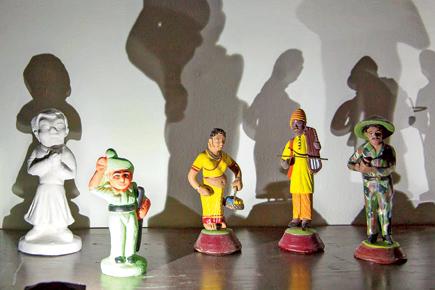
Plaster models
“History informs us what we are today,” says Tasneem Zakaria Mehta, director, Dr Bhau Daji Lad City Museum, who has conceived and curated the exhibitions, The Doubled Frame: Interrogating Identity and POI/Bharat Ke Log, where the latter responds to the former exhibition by artist Archana Hande.
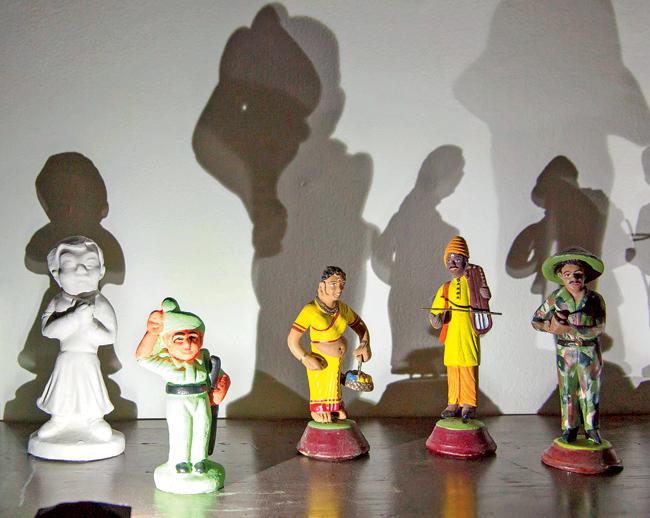
Hande, Archana, POI/Bharat ke Log (installation detail) 2014, video, sound, clay and plaster models, mosquito net. Pic courtesy/Dr Bhau Daji Lad Mumbai City Museum
Both exhibitions are triggered by the idea of how Indians started looking at themselves differently since the British colonised the subcontinent. A case in point is the clay models that Mehta draws attention to. “They are Europeanised in their execution. They are frontal figures like the photographs taken at that time. Realistic conception was never there in Indian art as Indians have always conceived idealistic features, such as of deities, including the toys which were sculpted in a generic way.”
ADVERTISEMENT
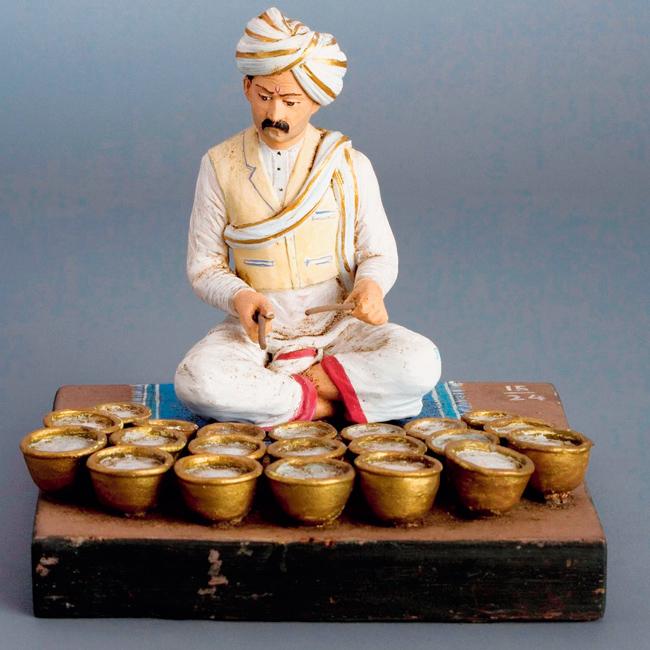
Unknown Artist, A soldier under the Mughal Government of Bengal 1804, c. 1922-23
This intervention by the British happened out of a curiosity to understand ethnicities and races from the colonies. She adds, “The purpose of these models was to document and they were initially made for the Great Exhibition in 1861. In the 19th century, the British, through the museums, photography and other mechanisms, informed the public. These dioramas and clay models were the mouthpieces that educated the public on taste, new systems of ploughing and other such issues.”
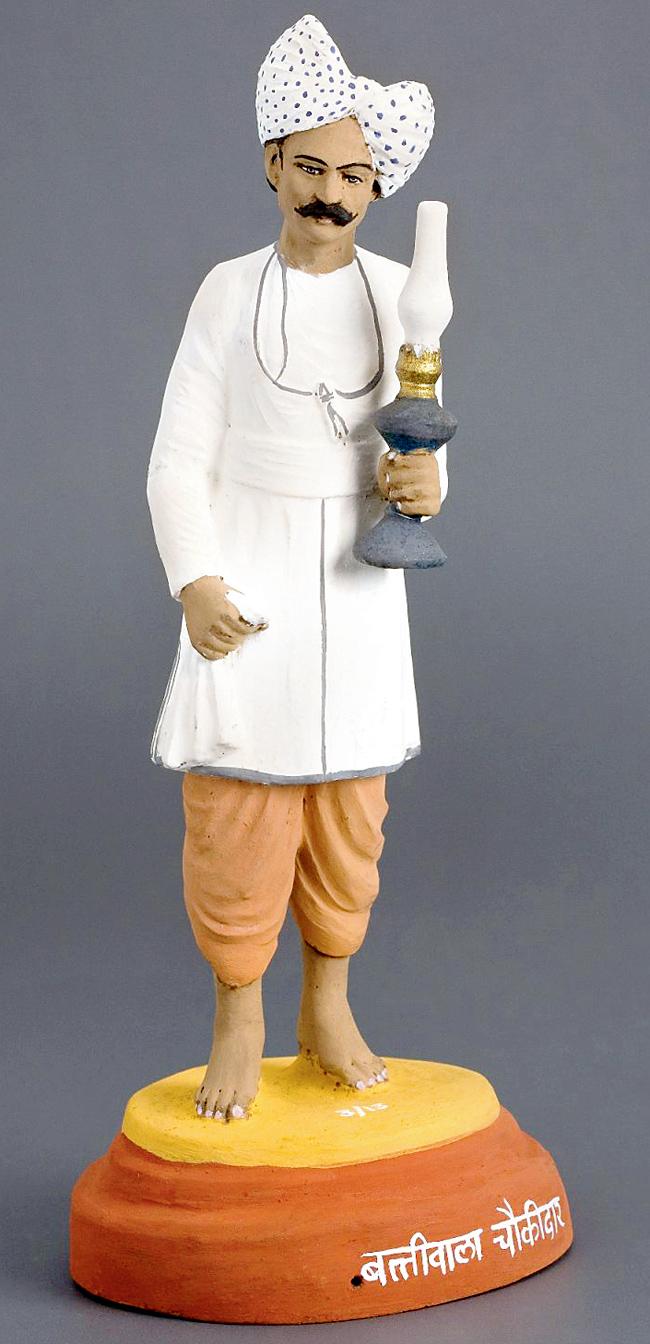
Unknown Artist, Battiwala Chowkidar, early 20th century
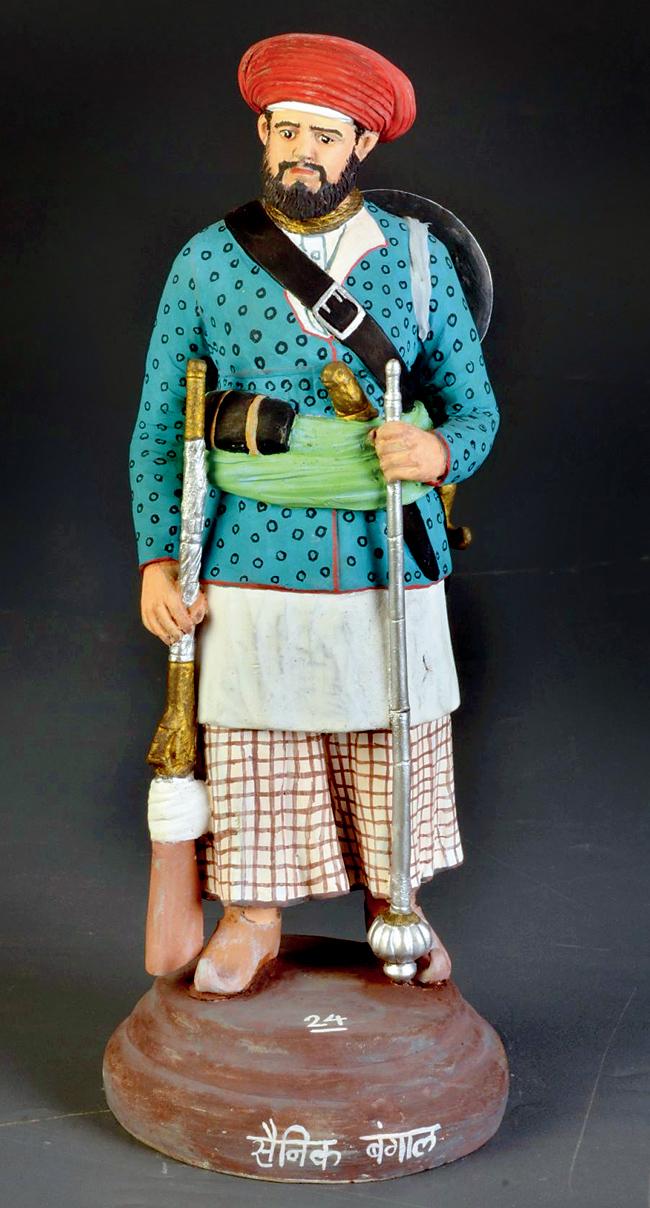
Unknown Artist, Playing Jalatarang, c. 1913-14
In contrast, Mehta also alludes to the pre-British perception of the people of the subcontinent, “Only today morning, my friend was telling me that Sufi saints in Kashmir used to believe that you can only reach Allah, if you worship Shiva.” With a chuckle, she continues, “That is the kind of syncretism that India has always had.”
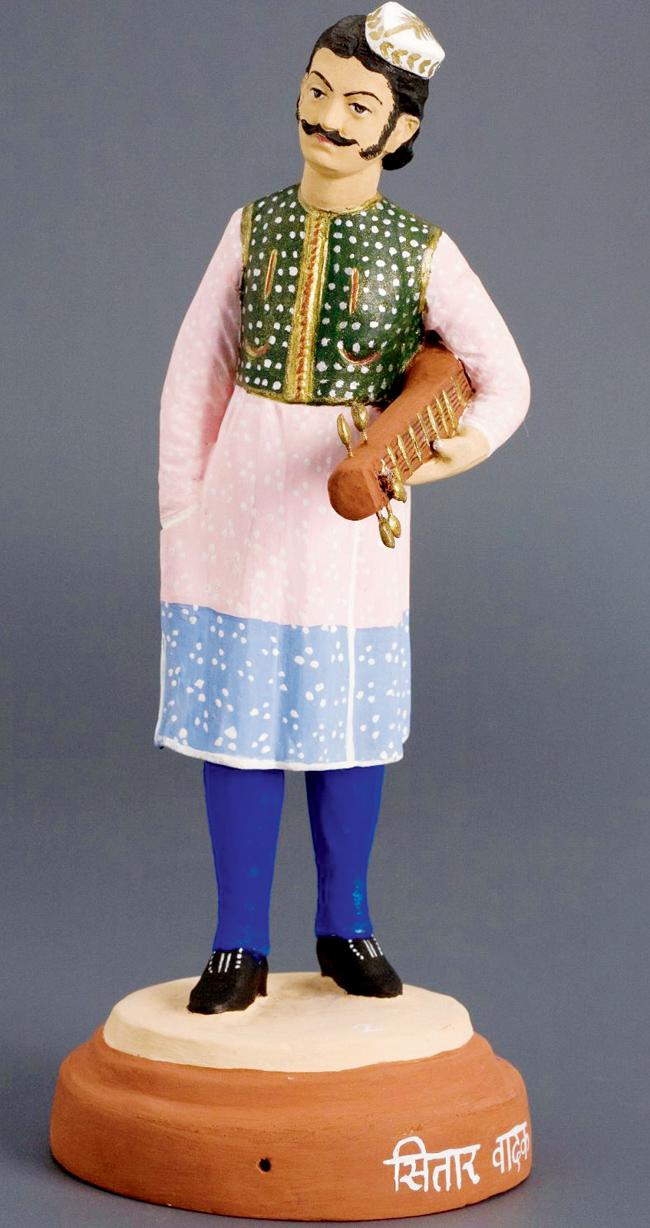
Unknown Artist, A figure of a sitar player from North India, c. 1913-14
The British opined that the modern consciousness of India was made up of a group of separate communities, which was formed on the basis of their observations — how a certain caste dressed, ate or behaved. This attitude stemmed from the Age of Enlightenment, says Mehta, who feels that the British “wanted a scientific and rational understanding of the world”.
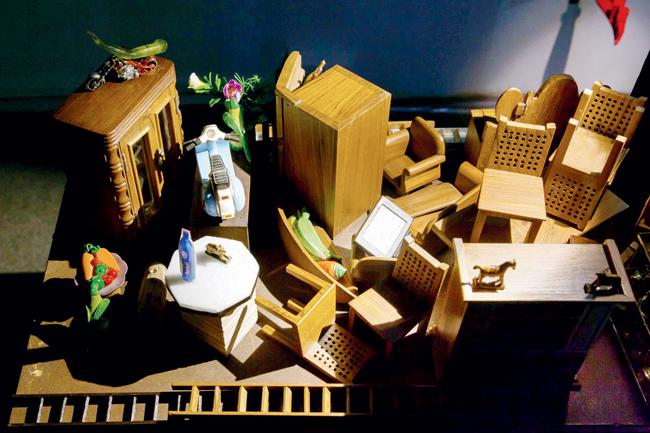
Hande, Archana, Circle the World in 24 (installation detail) 2013-4, film and diorama
Emphasising on the originality of the exhibition, Mehta went a step further and invited artist Archana Hande, who has recreated her own artworks by the way of incorporating books, photographs, paintings and prints from the Museum’s collection, including a mosquito net. “Hande uses the idea of a mosquito net, a British import now used ubiquitously in India, as the protective layer which encloses the ephemeral images of the hundreds of types of people,” the director concludes, saying that this part of the exhibition questions how identity is conceived.
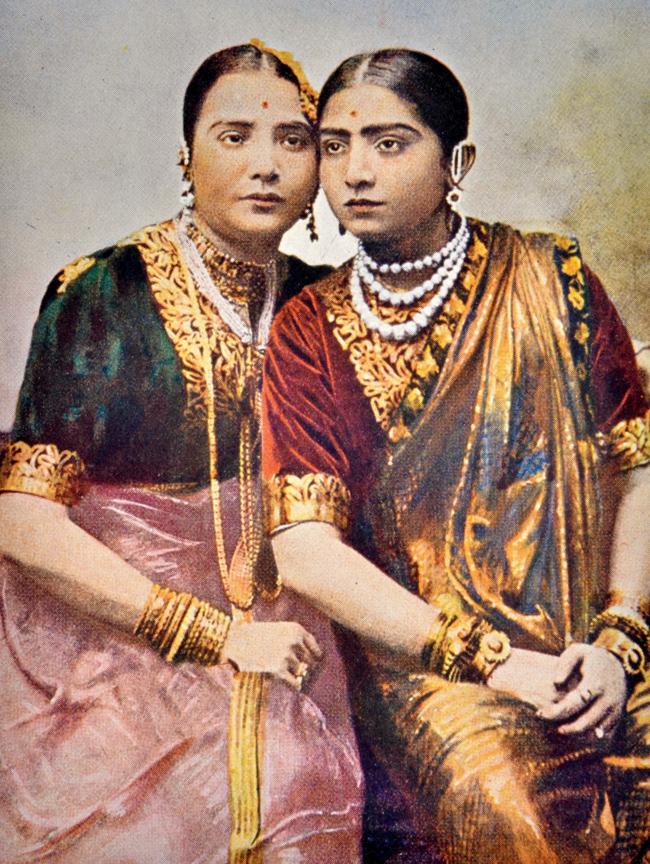
Till: October 19, 10 am to 6 pm
At: Dr Babasaheb Ambedkar Marg, Byculla (E).
Call: 23731234
 Subscribe today by clicking the link and stay updated with the latest news!" Click here!
Subscribe today by clicking the link and stay updated with the latest news!" Click here!







